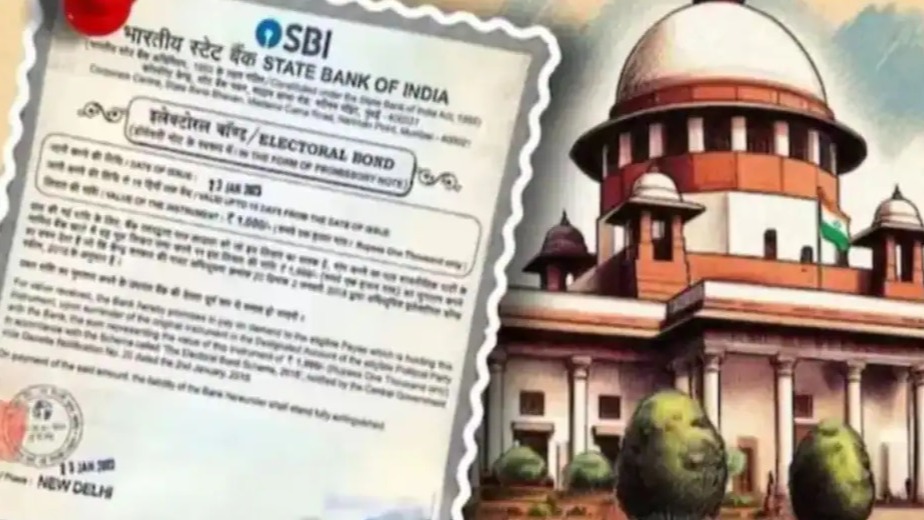After the Supreme Court's firm stance, the State Bank of India has handed over detailed data of electoral bonds to the Election Commission. Subsequently, this data has been uploaded to the official election website. Earlier, the SBI provided incomplete data including only information about the buyers and the redeemers of the bonds.
The Supreme Court issued strict instructions and ordered the bank to release comprehensive information. Now the full disclosure reveals who donated to which party via bonds. The unique code of the bond can be used to trace the party that cashed it in.
The complete list of electoral bond purchasers
Full list of political parties cashing electoral bonds
The SBI Chairman, Dinesh Kumar Khara, informed the Supreme Court that the bank has provided all information on electoral bonds within the stipulated time frame, i.e., before March 21 at 5 PM. The data includes the alpha-numeric numbers or the unique codes of bonds, their values, the names of purchasers, the receiving party, and the last four digits of the party's bank account number as well as the value/number of bonds redeemed. For cybersecurity purposes, the full bank account number of the political party, and the KYC details of the party and the bond purchaser have not been made public.
The Supreme Court reprimanded for delay
It is worth mentioning that the State Bank of India was unable to release the data properly even a month after the Supreme Court's decision. The Chief Justice DY Chandrachud had to reprimand SBI. He asked if the bank had failed to comprehend the court's decision. During the hearing on Monday, the Chief Justice ordered lawyers representing banks and companies to ensure that SBI released all the bond-related data before March 21 at 5 PM. The details were to be submitted to the Election Commission and published on its website, making them available to the general public.
Data format demanded by the Supreme Court
To ensure the average voter could easily understand the data, the Supreme Court wanted SBI to release all information with the unique codes. For example, the data should be issued in two parts by the bank:
The first part should contain the dates of electoral bond purchases, the names of the buyers, the unique codes of the bonds, and their denominations.
The second part should mention the dates of bond redemption, the redeeming party, the unique codes of the bonds, and their denominations.
What is a unique code?
Electoral bonds have been controversial from the start. Following widespread questions about their transparency, the Ministry of Finance in the Lok Sabha in December 2021 admitted, "Hidden alphanumeric numbers on electoral bonds serve as an internal security measure to prevent any forgery or encashment of fake electoral bonds."




